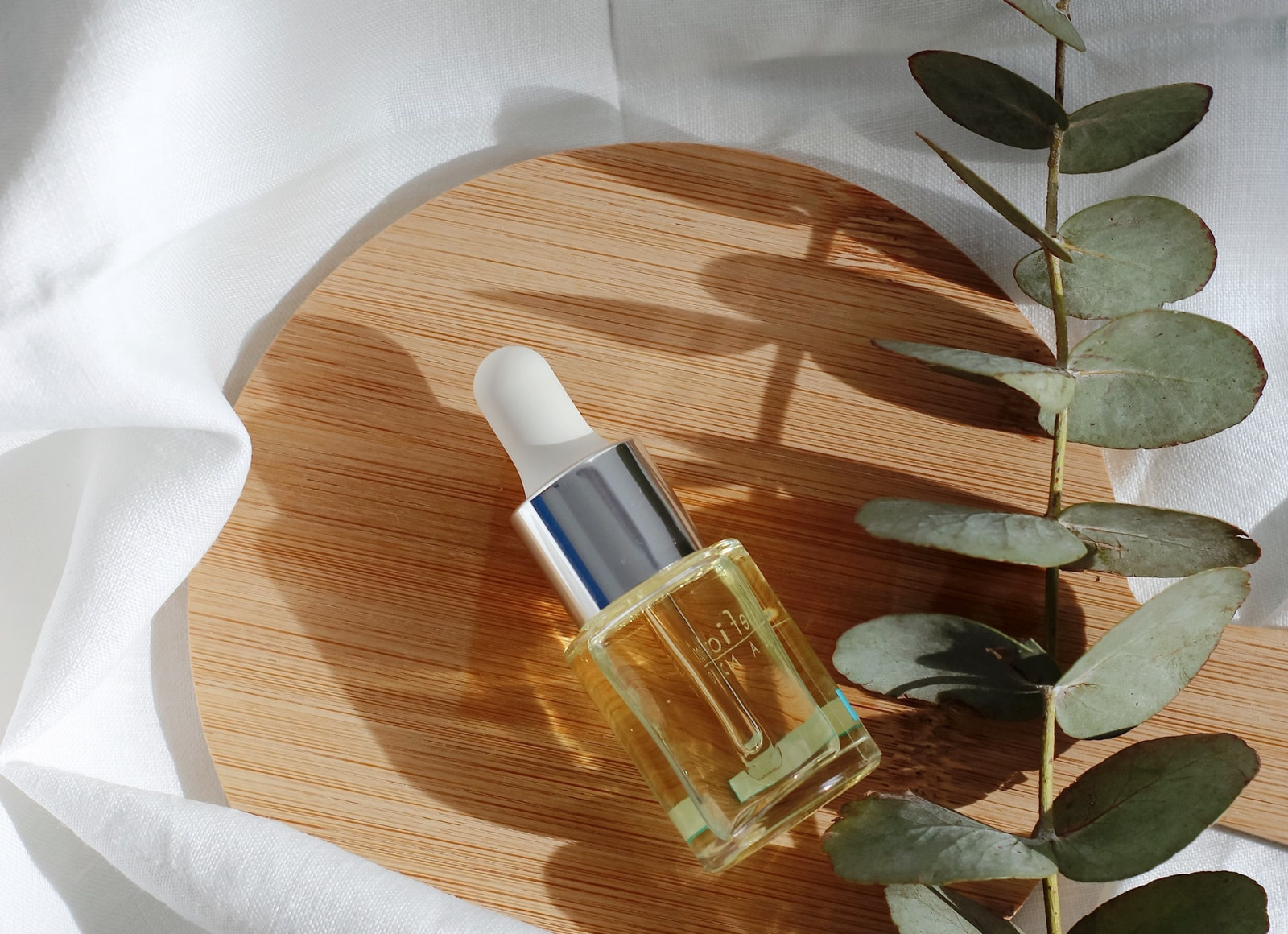BACKGROUND
On 7 November 2018, the Commission adopted the review of Regulation (EC) No 1223/2009 on cosmetic products regarding substances with endocrine disrupting (ED) properties.
In this review, the European Commission commited to establishing a priority list of potential EDs not already covered by bans or restrictions in the Cosmetics Regulation for their subsequent safety assessment. A priority list of 28 potential EDs in cosmetics was consolidated in early 2019 based on input provided through stakeholder consultation. The Commission carried out a public call for data in 2019 for 14 substances (Group A) and a second call in 2021 for 10 substances (Group B) in preparation for the safety assessment of these substances.
Ethylhexyl Methoxycinnamate (EHMC) (CAS No. 5466-77-3/83834-59-7, EC No. 226-775- 7/629-661-9) is one of the above-mentioned substances for which the call for data took place.
EHMC with the chemical name ‘2-ethylhexyl 4-methoxycinnamate’ (also known as Octylmethoxycinnamate (OMC) and Octinoxate) is regulated as a UV-filter in sunscreen products in a concentration up to 10 % (Annex VI/12). Ethylhexyl Methoxycinnamate absorbs only UVB radiation and, therefore, protects the skin only from damage caused by UVB light and not UVA. It has been used for decades as a UV filter in cosmetics, pharmaceuticals, intermediates and fine chemicals and it is also reported to be used as a UV stabiliser protecting cosmetic formulations against sunlight.
Ethylhexyl Methoxycinnamate has been subject to a safety evaluation by SCC in 1991 and 1993 and by SCCNFP in 2001.
Questions to be addressed by the SCCS
The Commission requests the SCCS to carry out a safety assessment on Ethylhexyl Methoxycinnamate in view of the information provided.
- In light of the data provided and taking under consideration the concerns related to potential endocrine disrupting properties of Ethylhexyl Methoxycinnamate, does the SCCS consider Ethylhexyl Methoxycinnamate safe when used as UV-Filter in cosmetic products up to a maximum concentration of 10%?
- Alternatively, what is according to the SCCS the maximum concentration considered safe for use of Ethylhexyl Methoxycinnamate in cosmetic products?
- Does the SCCS have any further scientific concerns with regard to the use of Ethylhexyl Methoxycinnamate in cosmetic products?
REFERENCES
Scientific Committee on Consumer Safety (SCCS) – Request for a scientific opinion on Ethylhexyl Methoxycinnamate (EHMC) (CAS No. 5466- 77-3/83834-59-7, EC No. 226-775-7/629-661-9)








